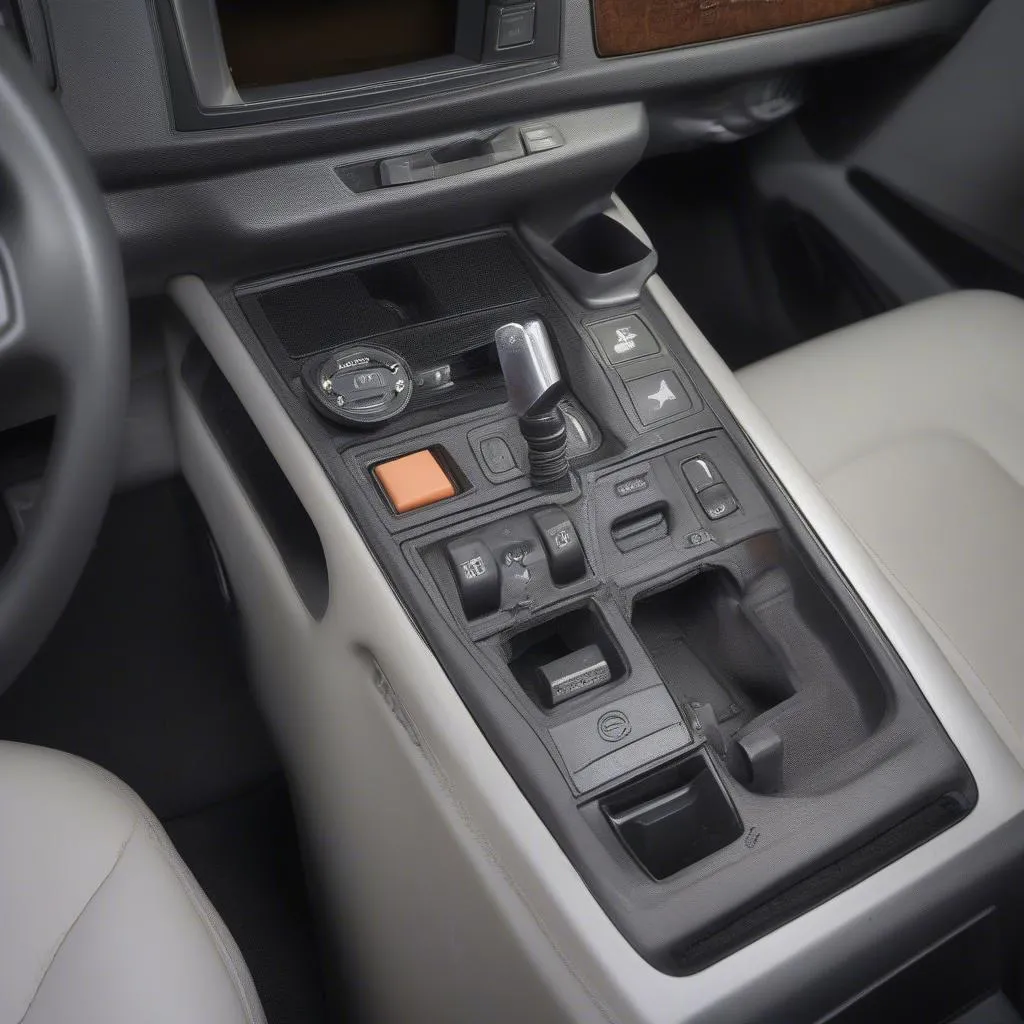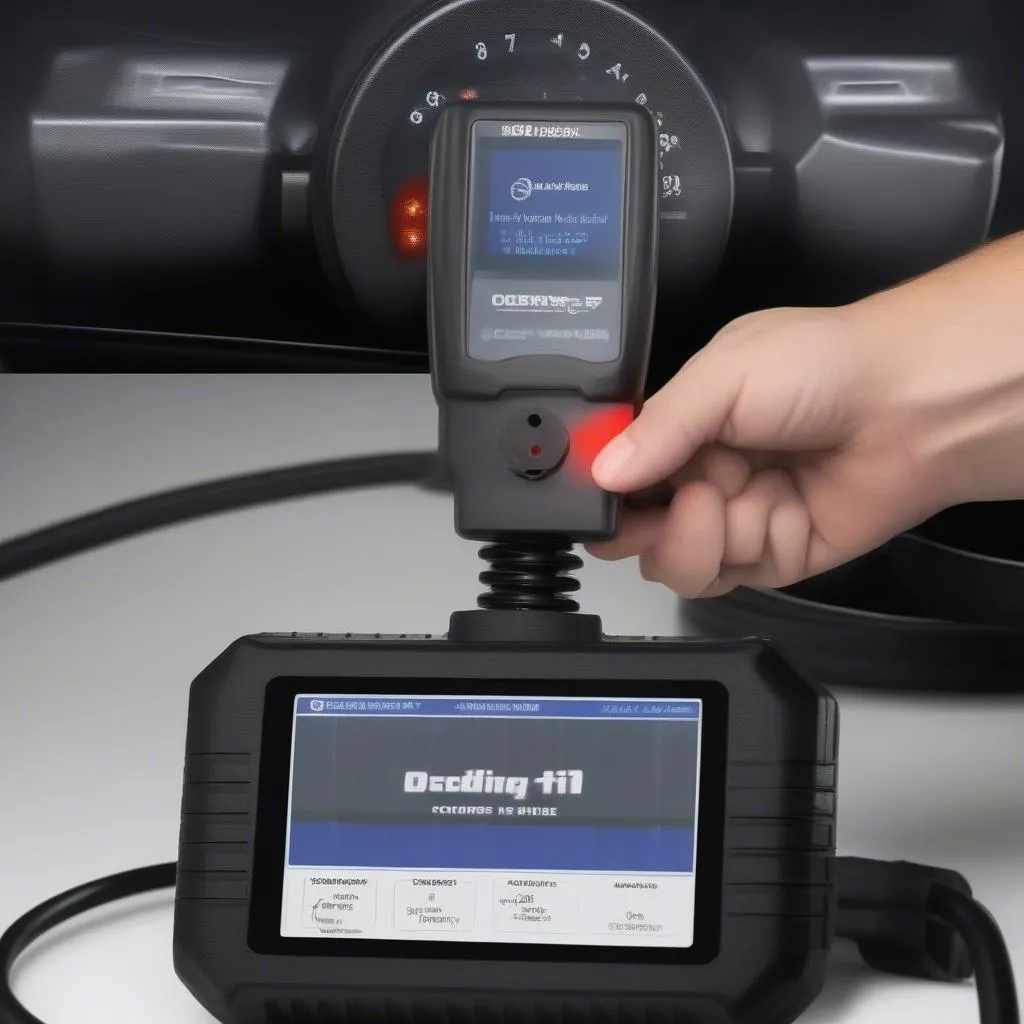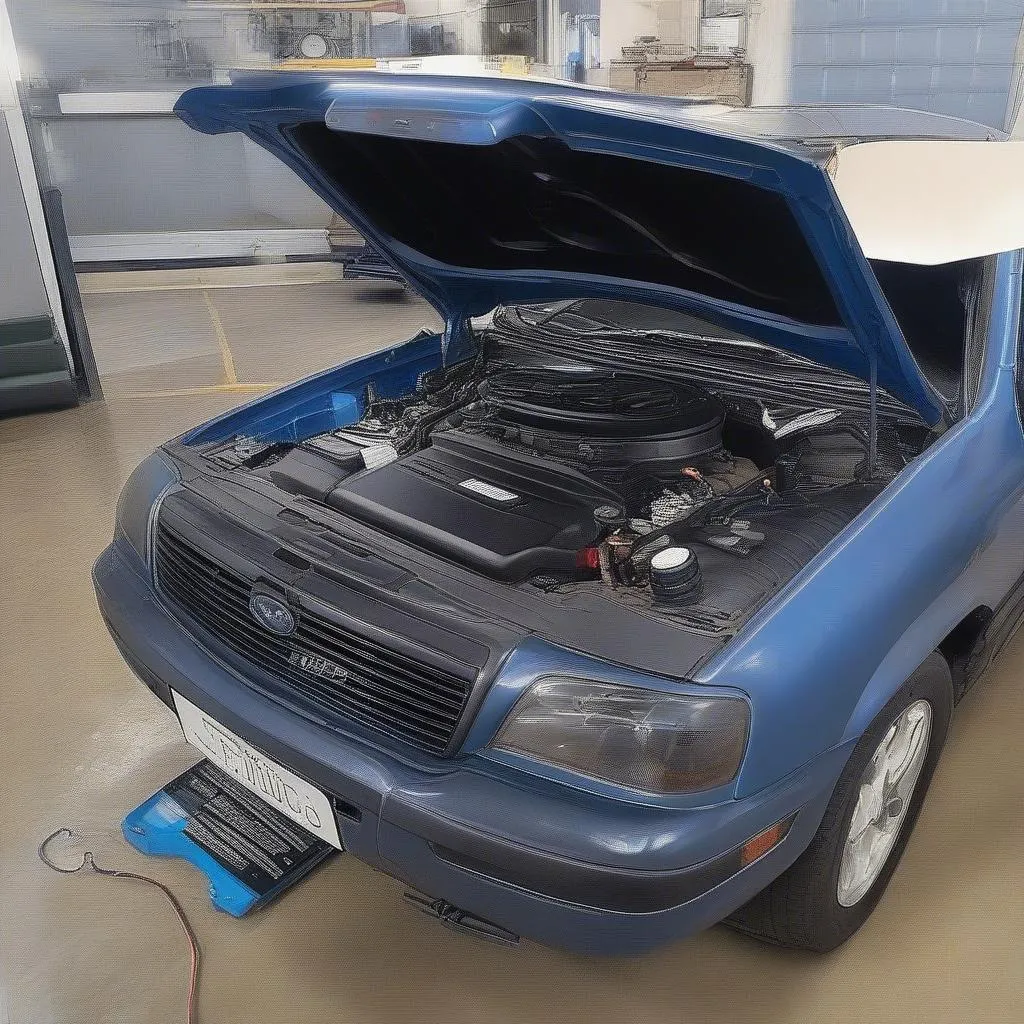Imagine this: you’re driving your car down a highway when suddenly, the check engine light pops on. Your heart skips a beat as you wonder what could be wrong. You know it’s time for a visit to your mechanic, but they’re booked up.
You pull over and decide to do a bit of research. You find out that you might be able to connect a device to your car, get a diagnosis, and even clear the code yourself. This handy device plugs into the OBD port in your car. But what does OBD even stand for, and what does it mean for your car?
What Does OBD Mean?
OBD stands for On-Board Diagnostics. It’s a system built into your car that constantly monitors your engine and other critical components. This system is essentially a little detective, looking for any issues that might be affecting your vehicle’s performance or emissions.
How Does OBD Work?
The OBD system uses a network of sensors located throughout your car’s engine and other systems. These sensors collect data on various aspects of your car’s operation, such as engine speed, fuel pressure, oxygen levels, and more. This data is transmitted to a central control unit called the Engine Control Unit (ECU).
The ECU then analyzes the data and compares it to pre-programmed parameters. If any readings fall outside the acceptable range, the ECU sets a Diagnostic Trouble Code (DTC) and triggers the check engine light.
Why Is OBD Important?
The OBD system is important for several reasons:
1. Diagnosis: It helps you identify potential issues before they become major problems. You can use a scan tool or OBD scanner to read the DTCs and get an idea of what might be wrong.
2. Emissions Control: The OBD system is also critical for ensuring your car meets emissions standards. It helps monitor your car’s emissions and ensure it’s not polluting excessively.
3. Safety: By detecting potential problems early, the OBD system can help prevent accidents caused by engine failure or other mechanical issues.
Can I Use OBD to Fix My Car?
While the OBD system can help diagnose issues, it’s not a substitute for professional repair. It’s best to take your car to a qualified mechanic if you have any serious problems.
However, the OBD system can be a valuable tool for DIYers and car enthusiasts. You can use a scan tool to:
- Read Diagnostic Trouble Codes: Identify the specific issues that are causing your car to malfunction.
- Clear Trouble Codes: If you fix the issue, you can reset the check engine light by clearing the DTCs.
- Monitor Your Vehicle’s Performance: Track key data points like fuel efficiency, engine load, and sensor readings.
What Is The OBD Port?
The OBD port is a standardized connector located in most cars. It’s usually under the dash, near the steering wheel, or under the center console. You can use a scan tool or OBD scanner to connect to the port and access the OBD system.
OBD: A Global Standard
The OBD system is not unique to the United States. It’s a global standard adopted by most countries, including Europe, Asia, and Australia. This means that scan tools and OBD scanners can be used on a wide range of vehicles.
What Does the OBD Port Look Like?
You might be thinking, “Where’s the OBD port on my car?” In the U.S. and Canada, it’s typically a 16-pin connector. You’ll find it in most cars made after 1996.
You can often find a 16-pin connector in a car made in a variety of countries including:
- North America: USA, Canada
- Europe: Germany, France, Italy, Spain, and the United Kingdom.
- Asia: Japan, Korea, and China.
- Australia
If you need to locate the OBD port in your car, it’s usually near the steering column, but sometimes you can find it under the center console or even in the glove box. Check your car’s owner’s manual for the exact location.
What Does OBD Mean on a Car?
Essentially, OBD stands for “On-Board Diagnostics,” which means that it’s a built-in system to diagnose and monitor your car. The OBD port is a connector that allows you to access this system.
Common Questions About OBD:
- What Does Obd Stand For In A Car? It stands for On-Board Diagnostics.
- How do I find the OBD port on my car? It’s usually located under the dash, near the steering wheel, or under the center console.
- Can I use a scan tool to fix my car myself? While a scan tool can help diagnose issues, it’s not a substitute for professional repair.
- What are the benefits of using an OBD scanner? OBD scanners can help identify problems, clear trouble codes, and monitor your vehicle’s performance.
- Is the OBD system the same for all cars? Yes, the OBD system is a global standard adopted by most countries.
- What is the OBD2 port? OBD2 is a specific version of the OBD standard adopted by most cars manufactured after 1996.
Conclusion
The OBD system is an important part of your car’s diagnostic and emissions control system. It can help you identify potential problems early, keep your car running smoothly, and ensure it meets emissions standards. While it’s not a substitute for professional repair, the OBD system can be a valuable tool for DIYers and car enthusiasts.
If you need help with your car or have any questions about OBD, reach out to our expert team at Tech Car USA. We can help you diagnose any issues and keep your car running smoothly.
Don’t forget to check out our other blog posts on OBD and car repair. We have articles covering everything from what does OBD mean to how to use an OBD scanner.
If you have any questions, please feel free to leave a comment below. You can also contact us via Whatsapp: +84767531508.
 OBD port on a car
OBD port on a car
 OBD Scanner
OBD Scanner
 Check Engine Light
Check Engine Light